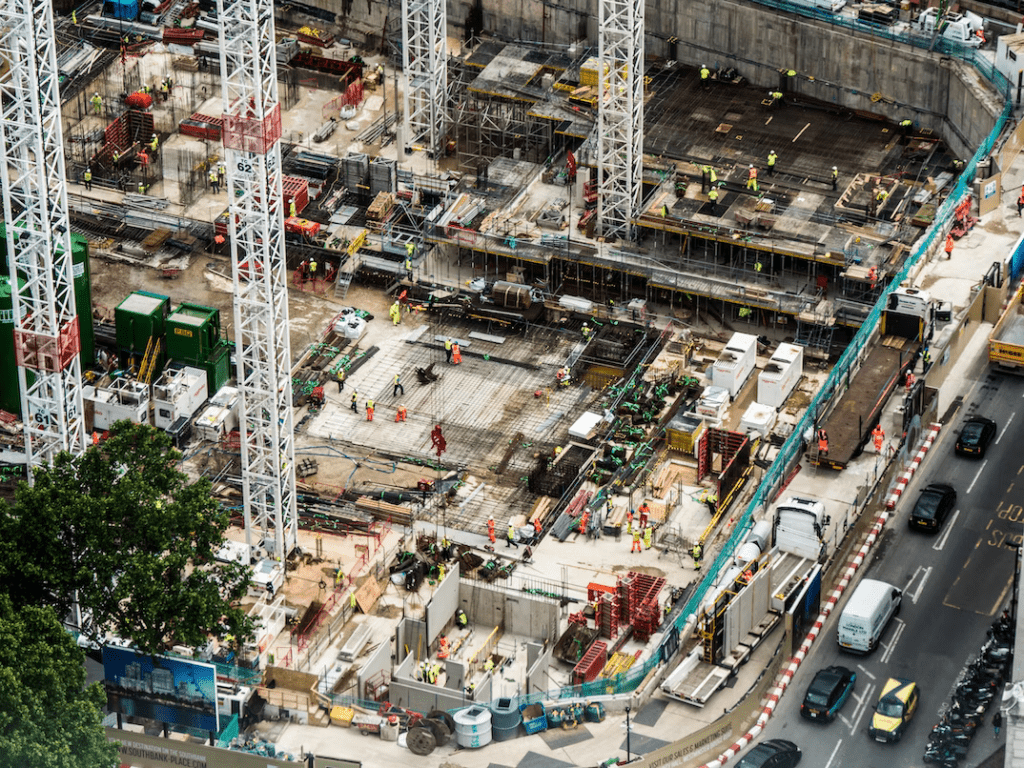Have you ever wondered what a limestone crusher is? Wonder no more! In this post, we’ll give you a brief overview of what a limestone crusher is and how it works. Stay tuned for more exciting posts about crushing equipment!
What Is A Limestone Crusher And What Are Its Uses?
A limestone crusher is essentially a heavily built machine designed to reduce large rocks and stones, such as limestone, into much smaller pieces. Its uses vary from residential and commercial to industrial construction projects.
Its primary benefit is that it provides an easy way to crush hard materials like a stone into manageable pieces that can be further manipulated or used in other processes.
Additionally, the crushed material produced by a limestone crusher tends to last longer than other materials due to its durability. With its ability to provide reliable results with minimal maintenance, this machinery is an essential tool for many industries.
To learn about the Gravel Crusher, Click here!
How Does A Limestone Crushers Work?
Have you ever wondered how a limestone crusher works? It all starts with large rocks being fed into the crusher’s chamber. The machine comprises two main components – an electric motor and a crusher plate. The electric motor rotates at high speeds and powers the rotating crusher plate, breaking down the large rocks into smaller chunks. The materials always move in one direction through the crusher plate, and depending on how big or small it is set to handle, that determines what size particles come out at the other end. Most limestone crushers are designed to produce material between 0-50mm but are adjustable so that larger or smaller sizes are also achievable. Every type of job has its requirements, and having a good-quality limestone crusher can help you get it done more efficiently!
To learn about the 4 Benefits Of Micro Concrete Crusher, Click here!
4 Benefits Of Using A Limestone Crusher

1. Cost-Effective
One of the primary benefits of using a limestone crusher is its cost-effectiveness. The machine is designed to reduce the cost of production while still delivering high-quality limestone. Additionally, the machine is designed to be energy-efficient, further reducing the production cost.
2. Efficient
Another benefit of using a limestone crusher is that it is efficient. The machine is designed to quickly and effectively process limestone into a usable product. Additionally, the machine is designed to be as efficient as possible, meaning that it will not waste any of the limestones that it processes.
3. Environmentally Friendly
Another benefit of using a limestone crusher is that it is environmentally friendly. The machine is designed to reduce the amount of pollution that is produced during the production process. Additionally, the machine is designed to be as energy-efficient as possible, reducing the amount of pollution it produces.
4. Versatile
Another benefit of using a limestone crusher is that it is versatile. The machine can be used to process a variety of different materials, including concrete, asphalt, and gravel. Additionally, the machine can be used for various applications, such as crushing rock or processing recycling material.
To learn about the Jaw Crusher, Click here!
How To Choose The Right Limestone Crusher For your needs?
1. Determine The Desired Output Size
The first step in choosing the suitable limestone crusher is determining the desired output size. The desired output size will have a direct impact on the type of crusher that you choose. For example, if you are looking for a crusher that will produce fine powder, then you will need to choose a different type of crusher than if you are looking for a crusher that will produce a coarse powder.
2. Consider The Feed Material
Another essential factor to consider when choosing a limestone crusher is the feed material. The feed material will have a direct impact on the type of crusher that you choose. For example, if the feed material is wet or sticky, you will need to choose a different type of crusher than if the feed material is dry and free-flowing.
3. Consider The Desired Output Size And Capacity
Finally, when choosing a limestone crusher, you will need to consider the desired output size and capacity. The desired output size will impact the type of crusher you choose, as well as the capacity. For example, if you are looking for a small-capacity crusher, you will need to choose a different type of crusher than if you are looking for a large-capacity crusher.
To learn about the Concrete Crusher, Click here!
Tips For Using A Limestone Crusher Effectively

1. Pre-crushing
Before beginning to use a limestone crusher, it’s essential to pre-crush the material. This will help to reduce the overall size of the material, making it easier to work with and resulting in a more consistent product. Additionally, pre-crushing will help to ensure that the material is evenly distributed before it enters the crusher, resulting in a more efficient process.
2. Selecting The Right Crusher
There are a variety of different crushers that can be used to crush limestone. Jaw crushers are typically used for primary crushing, while impact crushers or hammer mills are better suited for secondary crushing. It’s essential to select the suitable crusher for the job, as each type has its unique advantages and disadvantages.
3. Adjusting The Settings
Once the crusher is selected and set up, it’s essential to adjust the settings to ensure that the material is crushed correctly. The most important setting is the gap width, which should be adjusted so that all material is crushed evenly. Other settings that should be considered include rotor speed and feed rate.
4. Maintaining The Crusher
Proper maintenance is essential for ensuring that the limestone crusher continues to operate effectively. This includes regularly checking for wear and tear and replacing any parts that are worn out or damaged. Additionally, it’s essential to keep the area around the crusher clean and free from debris, as this can cause problems with operation.
5. Troubleshooting
If there are any problems with the limestone crusher, it’s essential to troubleshoot them as soon as possible. Common issues include material build-up on the rotor or difficulty starting the machine. If these problems are not addressed quickly, they can lead to more severe issues, such as reduced efficiency or failure of the machine.



